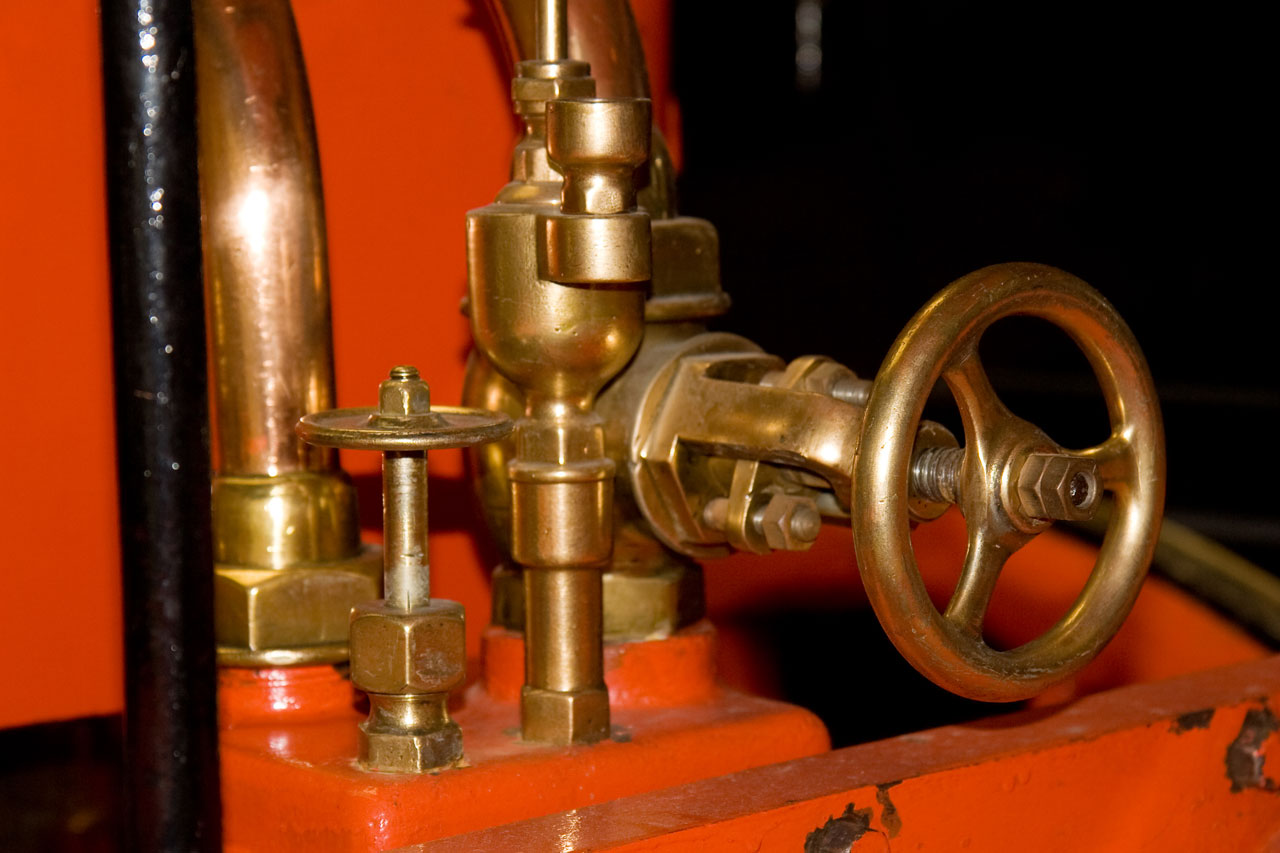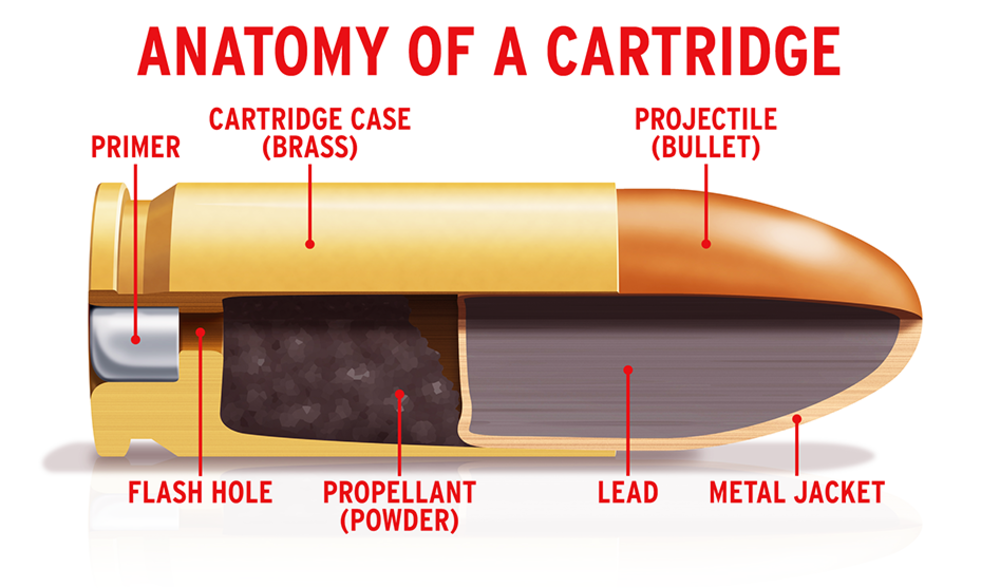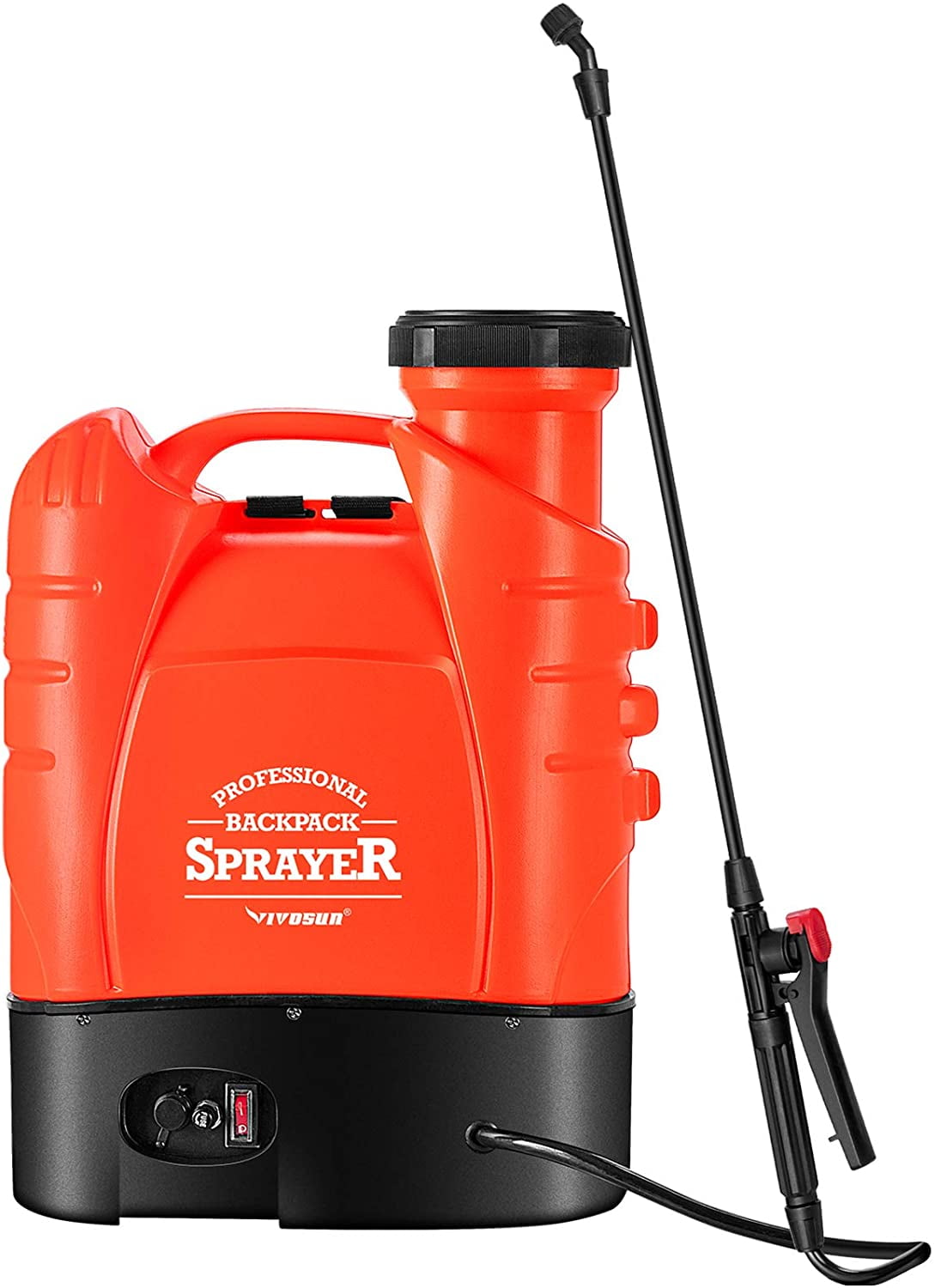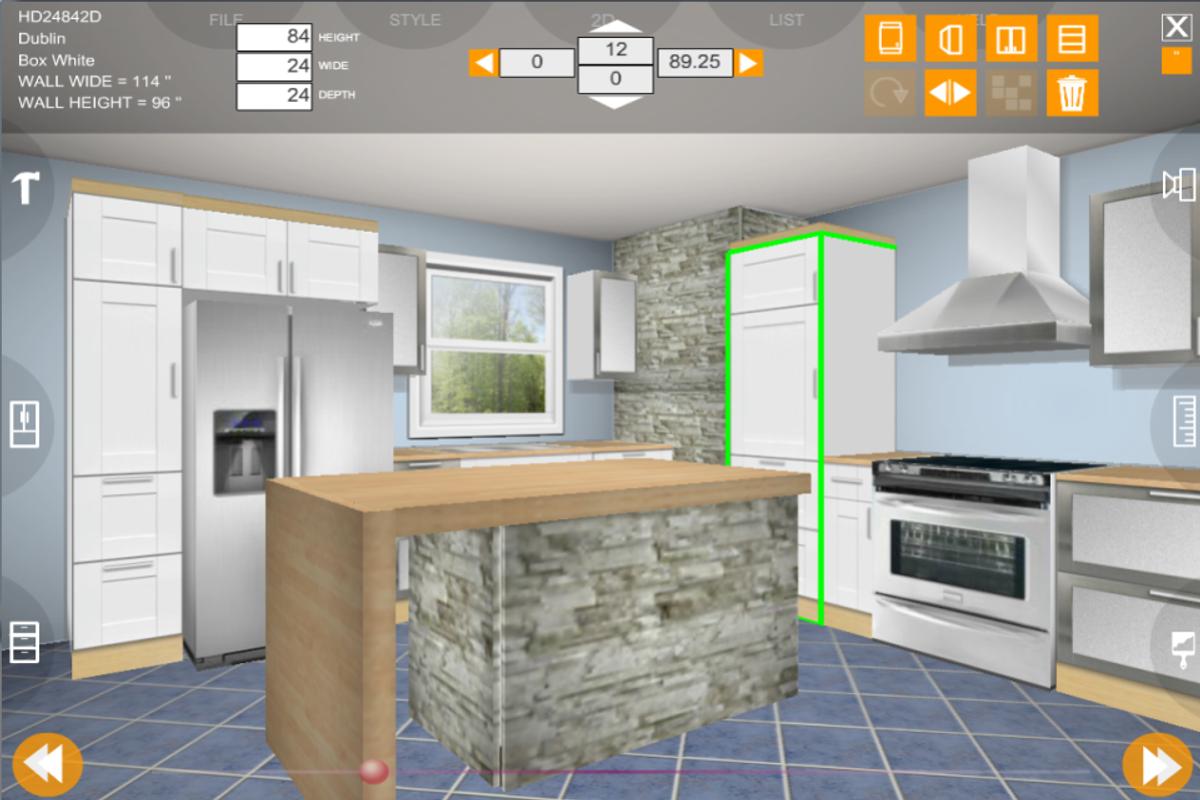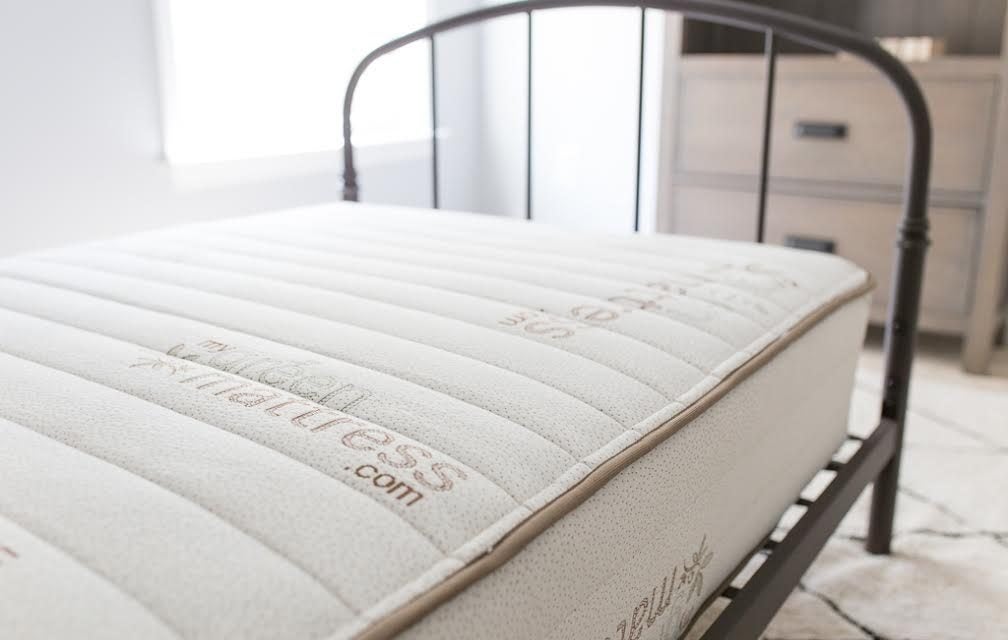The handle is one of the most important parts of a kitchen sink faucet. It is the component that allows you to control the flow and temperature of the water. Without a functioning handle, using the faucet becomes difficult and frustrating. Most handles are designed to be easy to grip and turn, allowing for smooth and precise adjustments. Some faucets even have dual handles, one for hot water and one for cold, giving you more control over the temperature. The type of handle can vary from faucet to faucet. Some may have a traditional lever-style handle, while others may have a knob or even a touchless sensor. No matter the style, the handle is an essential part of the kitchen sink faucet.Handle
The spout is the part of the kitchen sink faucet where the water flows out. It is usually a long, curved tube that extends over the sink. The spout's length and height can vary depending on the design of the faucet and the needs of the user. One of the key aspects of a spout is the angle at which the water flows out. Some spouts have a fixed angle, while others can be swiveled to direct the water where it is needed. This feature is especially useful for larger sinks or when filling up containers.Spout
The aerator is a small device attached to the end of the spout that mixes air with the water flow. This serves two main purposes: to reduce the amount of water used and to create a steady, splash-free stream. The aerator is an essential part of a kitchen sink faucet as it helps conserve water and prevents unnecessary messes. It also helps to reduce the amount of splashing, which can be especially helpful when washing dishes or filling up a pot with water.Aerator
The valve is the mechanism that controls the flow of water within the faucet. It is typically located inside the faucet body and is responsible for opening or closing the water supply. The valve is operated by the handle and is what allows you to turn the faucet on and off. There are different types of valves used in kitchen sink faucets, including compression, ball, cartridge, and ceramic disc. Each type has its own advantages and disadvantages, but they all serve the same purpose of controlling the water flow.Valve
The cartridge is an internal component of the faucet that helps regulate the water flow and temperature. It is usually made of ceramic or brass and is responsible for mixing the hot and cold water to achieve the desired temperature. One of the benefits of a cartridge is that it can be easily replaced if it starts to malfunction, making it a more cost-effective option compared to replacing the entire faucet.Cartridge
Some kitchen sink faucets come with a separate sprayer, which is a handheld device that allows you to direct the water flow. This can be useful for tasks such as washing dishes or vegetables, as well as filling up larger containers that may not fit under the faucet. The sprayer is usually connected to the main faucet body via a hose and can be pulled out and used when needed. Some faucets have a built-in sprayer, while others come with a separate attachment.Sprayer
The base plate, also known as the escutcheon, is the decorative piece that covers the holes on the sink where the faucet is installed. It is used to give a clean and finished look to the faucet and sink, while also providing stability and support. Base plates are particularly useful for covering up extra holes in the sink that are not being used. They also help to prevent water from seeping under the faucet and causing damage to the sink and countertop.Base Plate
The supply lines are the pipes that connect the faucet to the water supply. They are essential for delivering water to the faucet and ensuring proper functionality. Supply lines can be made of various materials, including copper, PVC, or braided stainless steel. It is important to regularly check the supply lines for any leaks or damage, as they can weaken over time and cause issues with the faucet's performance.Supply Lines
The mounting hardware is what holds the faucet in place on the sink or countertop. It typically includes screws, nuts, and washers that secure the faucet to the sink. The type of mounting hardware used will depend on the type of faucet and the material of the sink or countertop. The mounting hardware is an essential part of the installation process and ensures that the faucet is securely attached and stable.Mounting Hardware
The escutcheon, also known as the base plate, is the decorative piece that covers the holes on the sink where the faucet is installed. It is used to give a clean and finished look to the faucet and sink, while also providing stability and support. Base plates are particularly useful for covering up extra holes in the sink that are not being used. They also help to prevent water from seeping under the faucet and causing damage to the sink and countertop.Escutcheon
There are several types of kitchen sink faucets available on the market, each with its own unique features and design. One popular type is the pull-down faucet, which has a tall spout that can be pulled down to easily wash larger dishes or fill up large pots. Another common type is the pull-out faucet , which has a shorter spout that can be pulled out towards you for more flexibility in the sink. These faucets often have a spray function as well, allowing for easier rinsing of fruits and vegetables. A newer trend in kitchen sink faucets is the touchless faucet, which uses motion sensors to turn the water on and off, making it a more hygienic option for those who frequently handle raw meats while cooking. Additionally, some kitchen sink faucets come with built-in water filtration systems, providing clean and safe drinking water straight from the tap. The variety of faucet options allows for customization and personalization in the kitchen, making it not only functional but also an aesthetically pleasing element in house design. With the right kitchen sink faucet , washing dishes and preparing meals can become easier, more efficient, and even enjoyable.







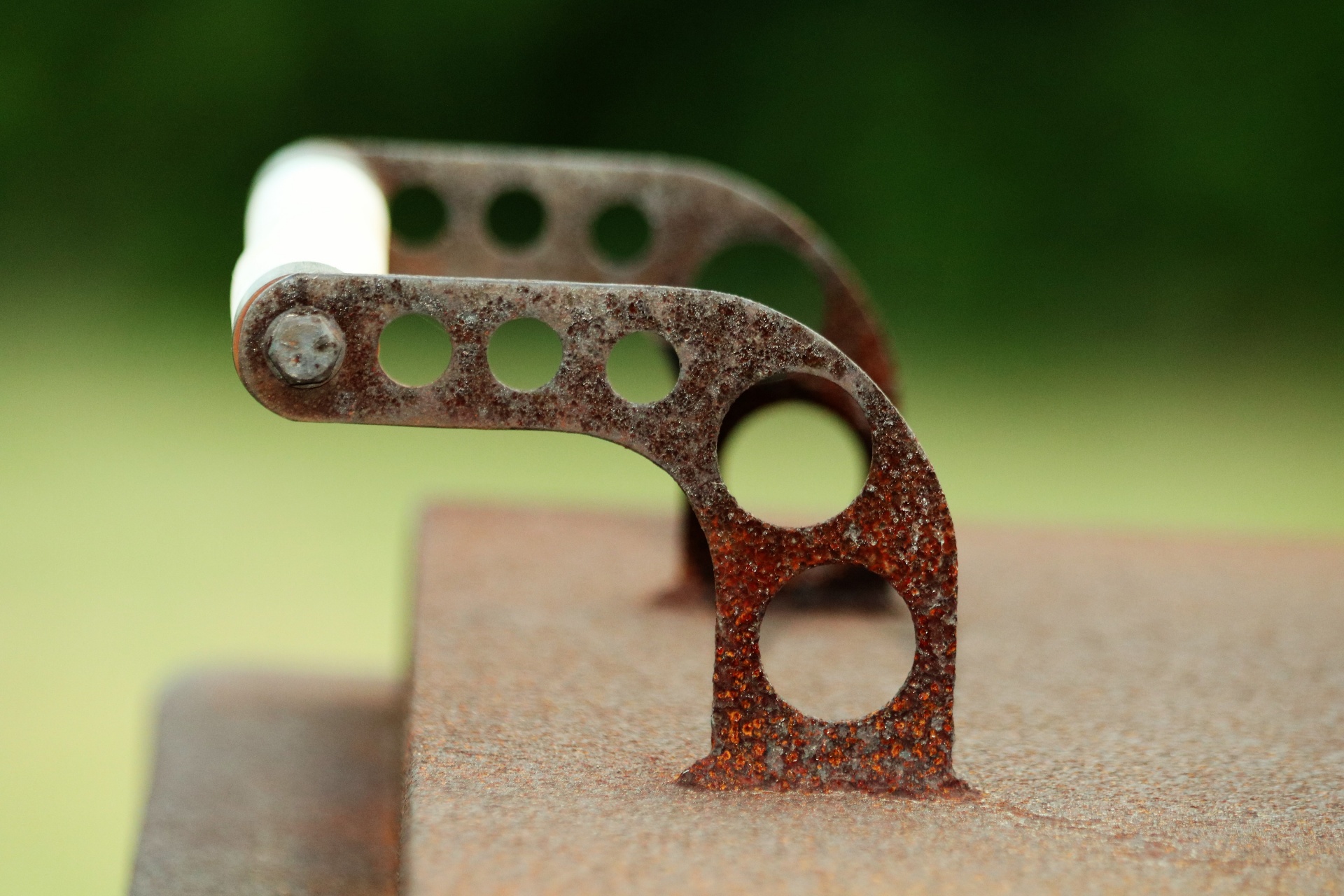


/broken-hammer-handle-5a360a8d482c520036996152.jpg)






























/cdn.vox-cdn.com/uploads/chorus_image/image/54600159/19_best_developer.0.jpg)




